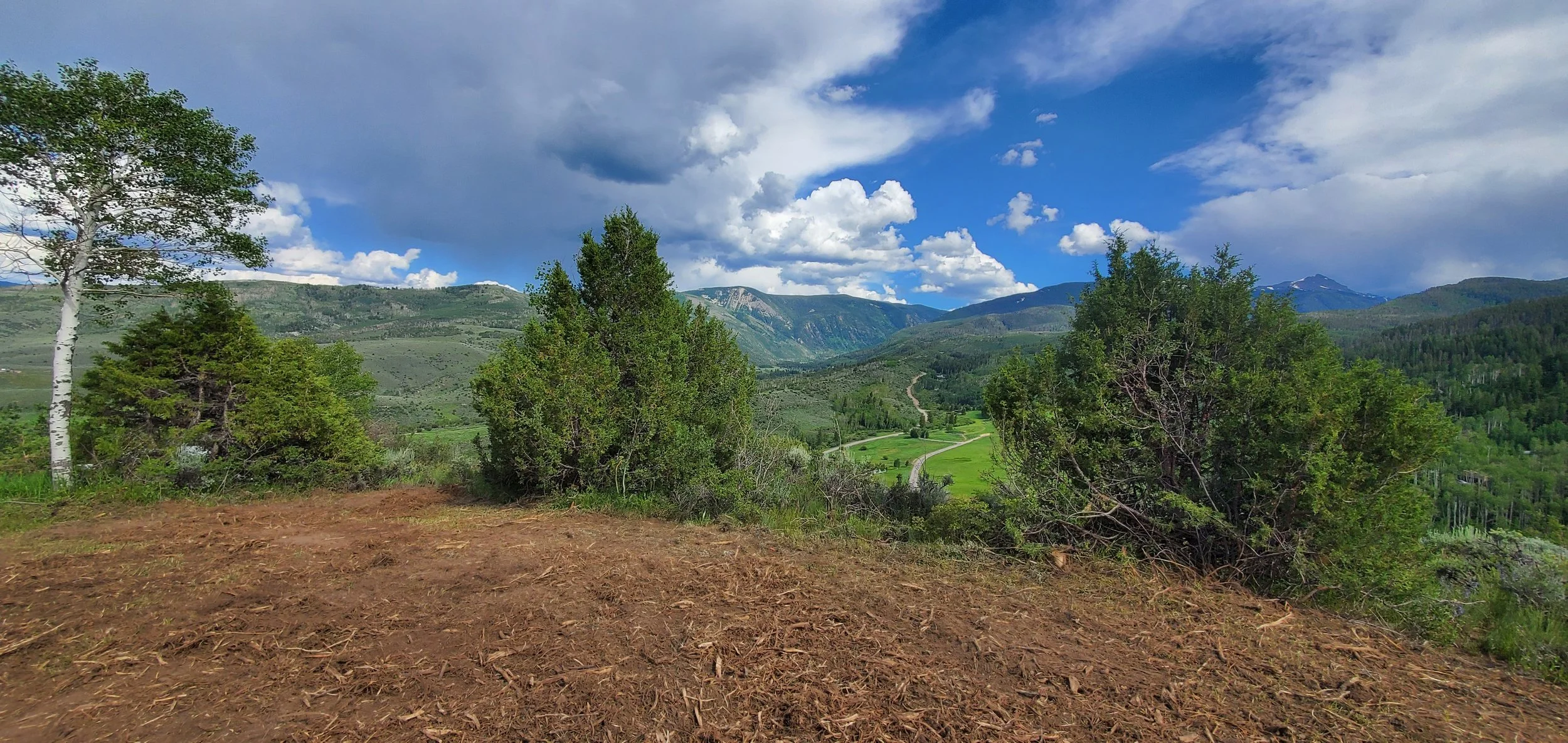Clearing Land Isn’t Always Fire Mitigation
When we first walk a property, we don’t just see trees or brush—we see stories in the land. Where wildlife passes. Where wind shifts. Where fire could take hold. That’s why, at Outlaw Forestry, we draw a clear line between clearing and mitigating.
Clearing often means brush hogging, removing overgrowth, or prepping a site for development. It can be useful. But clearing without strategy can expose the land—removing essential shade, disturbing soil health, or even creating new fire risks by leaving slash behind.
Mitigation, on the other hand, is intentional.
It’s designed to reduce wildfire risk while preserving ecological function. It often involves:
Thinning overcrowded trees, not clear-cutting
Creating defensible space zones around structures
Leaving strategic vegetation for erosion control and wildlife
Considering wind patterns, slope, and fuel continuity
We believe in treating each acre like it matters—because it does. Our clients aren’t just trying to “clean up” land. They’re stewarding it for the next generation, or preparing it for safe recreation, grazing, and long-term use.
In short: Good mitigation looks like nothing happened—until the fire comes, and nothing burns.

